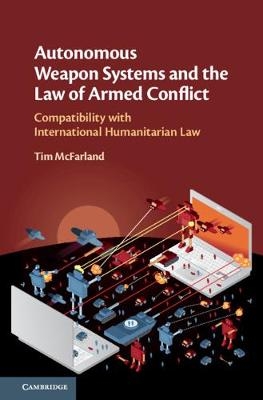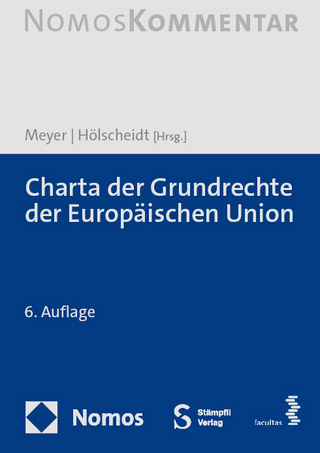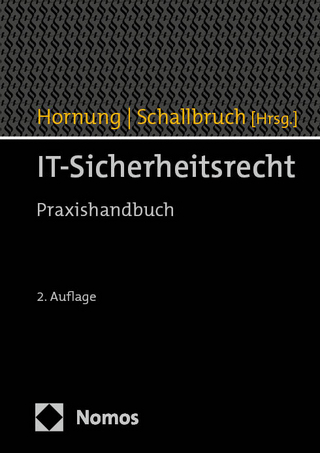
Autonomous Weapon Systems and the Law of Armed Conflict
Compatibility with International Humanitarian Law
Seiten
2020
Cambridge University Press (Verlag)
978-1-108-49974-3 (ISBN)
Cambridge University Press (Verlag)
978-1-108-49974-3 (ISBN)
Relevant for scholars, policymakers, and practitioners, this book explains the legal ramifications of a major new field of weapon development with a focus on questions actively debated at the UN. It serves as a case study in identifying the legal consequences of using autonomous technologies and robotics in armed conflict.
For policymakers, this book explains the ramifications under international humanitarian law of a major new field of weapon development with a focus on questions currently being debated by governments, the United Nations and other bodies. Based on a clear explanation of the principles of autonomous systems and a survey of technologies under active development as well as some that are in use today, it provides a thorough legal analysis grounded on a clear understanding of the technological realities of autonomous weapon systems. For legal practitioners and scholars, it describes the legal constraints that will apply to use of autonomous systems in armed conflict and the measures that will be needed to ensure that the efficacy of the law is maintained. More generally, it serves as a case study in identifying the legal consequences of use of autonomous systems in partnership with, or in place of, human beings.
For policymakers, this book explains the ramifications under international humanitarian law of a major new field of weapon development with a focus on questions currently being debated by governments, the United Nations and other bodies. Based on a clear explanation of the principles of autonomous systems and a survey of technologies under active development as well as some that are in use today, it provides a thorough legal analysis grounded on a clear understanding of the technological realities of autonomous weapon systems. For legal practitioners and scholars, it describes the legal constraints that will apply to use of autonomous systems in armed conflict and the measures that will be needed to ensure that the efficacy of the law is maintained. More generally, it serves as a case study in identifying the legal consequences of use of autonomous systems in partnership with, or in place of, human beings.
Tim McFarland is a Research Fellow at the University of New South Wales, Canberra, Australia. He has a mixed technical and legal back-ground, earning a degree in mechanical engineering and embarking on a varied information technology career before completing a JD and then a PhD researching autonomous weapon systems and international humanitarian law.
1. Introduction; 2. Legal Background; 3. Understanding Weapon Autonomy; 4. Identifying Legal Issues; 5. Weapons Law; 6. Targeting Law; 7. Accountability; 8. Recommendations
| Erscheinungsdatum | 02.07.2020 |
|---|---|
| Zusatzinfo | Worked examples or Exercises; 1 Tables, black and white; 2 Line drawings, black and white |
| Verlagsort | Cambridge |
| Sprache | englisch |
| Maße | 157 x 235 mm |
| Gewicht | 400 g |
| Themenwelt | Recht / Steuern ► EU / Internationales Recht |
| Recht / Steuern ► Öffentliches Recht ► Völkerrecht | |
| Sozialwissenschaften ► Politik / Verwaltung | |
| ISBN-10 | 1-108-49974-0 / 1108499740 |
| ISBN-13 | 978-1-108-49974-3 / 9781108499743 |
| Zustand | Neuware |
| Haben Sie eine Frage zum Produkt? |
Mehr entdecken
aus dem Bereich
aus dem Bereich


